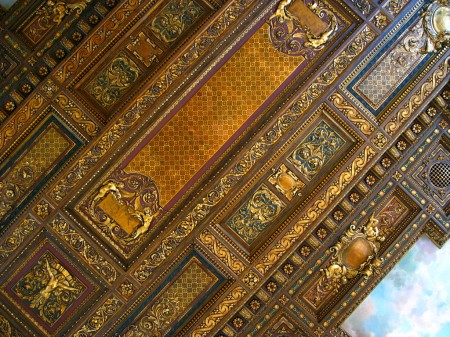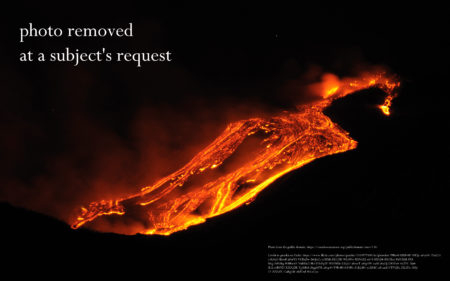With the transition to daylight saving time, it is now guaranteed that I will be leaving work in darkness until spring is approaching. This is a bit disheartening in itself, and it also poses a challenge in terms of producing photos of the day for this site.
The best option is probably to undertake some more purpose-driven photo shoots. Normally, my approach is just to take photos in situations that I would find myself in anyhow. This has the virtue of not requiring too much time, but it makes it harder and harder to produce quality original images the longer you live in a certain place and continue to act in certain ways. Making a conscious choice to shoot some specific subjects or places could be fun, and could produce some good images. So could experimenting with some new techniques, styles, or equipment.
I have been pondering shelling out the cash for a fancy digital SLR camera. I think I should use the possibility for some self-motivation, and insist on doing some artistic work with my old P&S before I shell out more than $500 for a new light-trapping box.



